
The wealth disparity between the wealthiest 1% and the rest of the population is a subject of intense scrutiny and debate globally. In the United States, the threshold for entry into the top 1% seems staggeringly high, reflecting the vast economic resources held by the elite. But how does this barrier to entry compare to other countries? You might be surprised to learn that reaching the 1% pinnacle requires a much steeper climb in some places, while in others, the door seems wider open. Ahead, we reveal the surprising minimum net worth needed to join the elite in different countries.
Gateways to Grandeur: Minimum Net Worth for the Top 1%
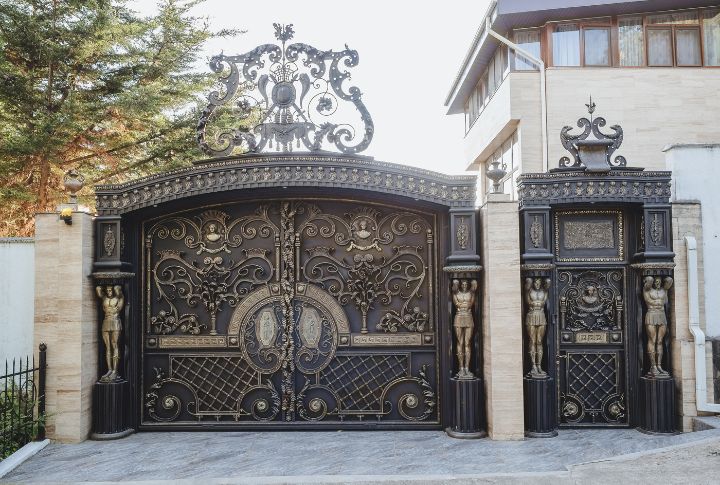
Forget the stereotypical image of a yacht-dwelling millionaire. Here’s a reality check: the threshold for joining the top 1% varies dramatically depending on your location. According to the Knight Frank Wealth Report, the minimum net worth required for entry differs significantly between different countries.
European Exclusivity
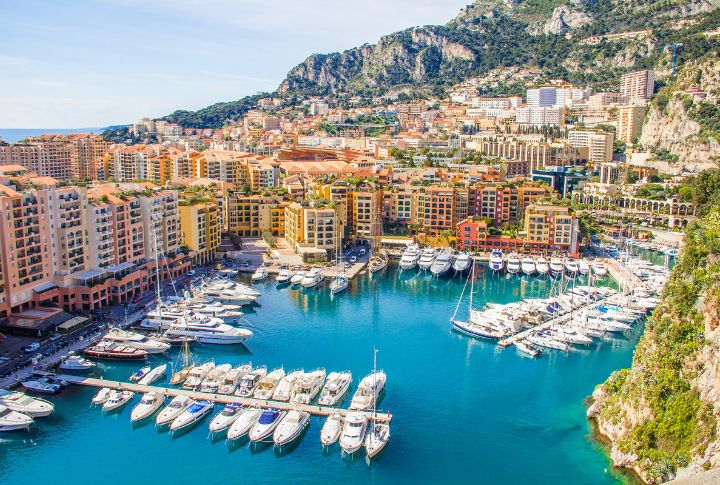
Topping the list are Monaco and Luxembourg, where a cool $12.88 million and $10.83 million, respectively, buy you a seat at the table. Their tiny populations create a scenario where a handful of ultra-wealthy individuals significantly skew the averages. In Monaco, for example, with a population smaller than a moderately sized American town, a few tech titans or hedge fund managers can dramatically inflate the entry point for the top 1%.
Switzerland and Singapore: Safe Havens for the Affluent

Switzerland and Singapore follow closely behind, with entry fees of $8.51 million and $5.23 million, respectively. These nations, known for their banking secrecy and economic stability, attract significant wealth accumulation. Think sprawling estates nestled amidst the Swiss Alps or sleek high-rises overlooking Singapore’s Marina Bay—these are the playgrounds of the world’s elite investors and financiers.
The American Anomaly: Land of Opportunity or Opulence?
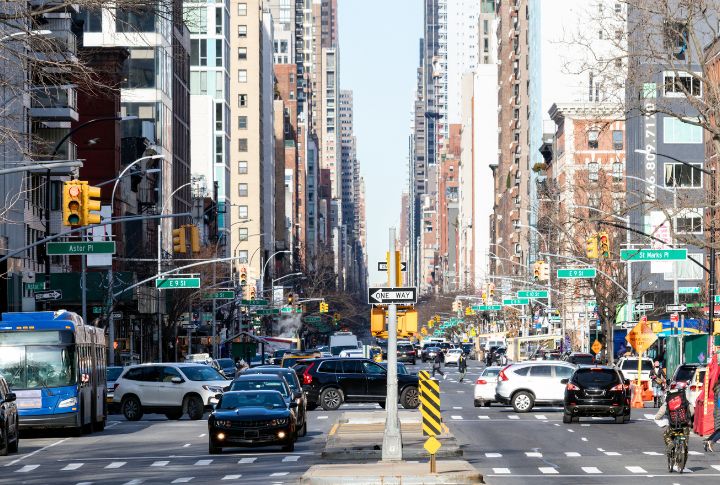
The United States falls surprisingly low on the list at $5.81 million. This might seem counterintuitive, considering the nation’s reputation for harboring many billionaires. However, the U.S. population of 335 million dilutes the wealth concentration, making the 1% threshold more attainable compared to smaller countries. The American Dream narrative suggests anyone can achieve great wealth, but reaching the top 1% in the U.S. still requires significant financial acumen and a fair amount of luck.
Eastern Economies: A Different Ball Game
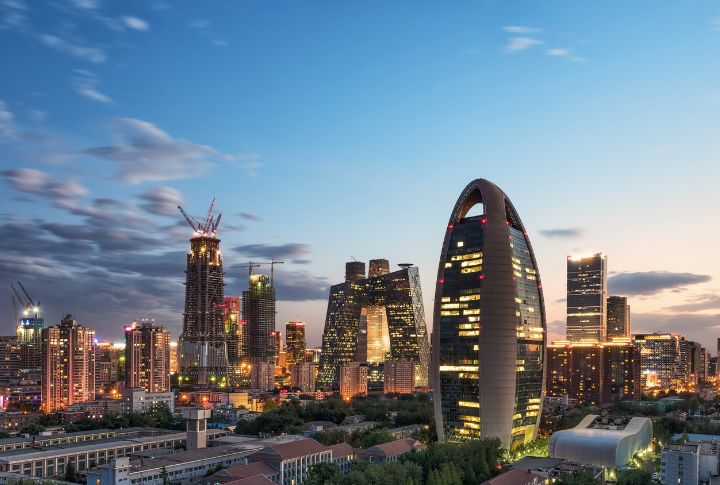
China and Japan offer a stark contrast. With booming economies but massive populations, the minimum net worth to join the top 1% plunges to under $2 million in both countries. Here, a smaller slice of a much larger pie still translates to significant wealth. A tech entrepreneur in Beijing or a real estate mogul in Tokyo may not crack the global top 1%, but they wield immense economic power within their national context.
Middle Eastern Magnates: Oil and Opulence
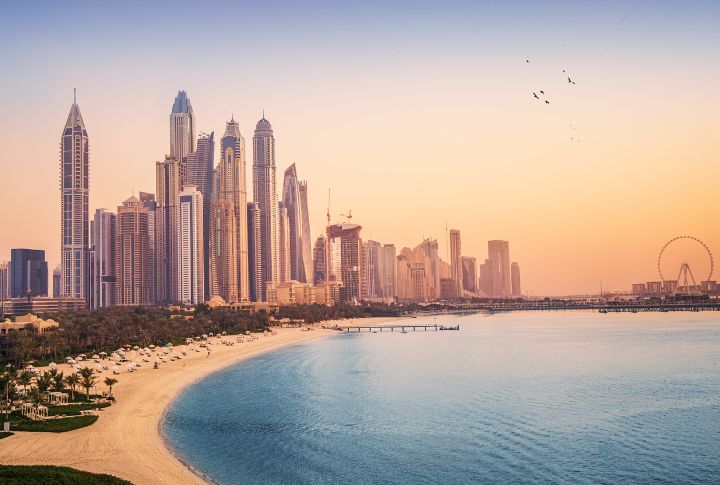
The Middle East is home to some of the world’s wealthiest individuals, primarily due to the region’s abundant oil reserves. In some parts, like Saudi Arabia or the United Arab Emirates, the top 1% commands a significant portion of national wealth. Yet, in the UAE, for instance, one must only have a minimum net worth of $1.6 million to be in the top 1% of wealthiest individuals.
Beyond the Numbers: The Power and Influence of the Top 1%

The top 1% wields immense economic and political influence, impacting everything from technology companies to real estate. Their contributions shape policy decisions on tax rates and environmental regulations. Understanding wealth concentration is crucial for discussions about economic inequality and its impact on society.
